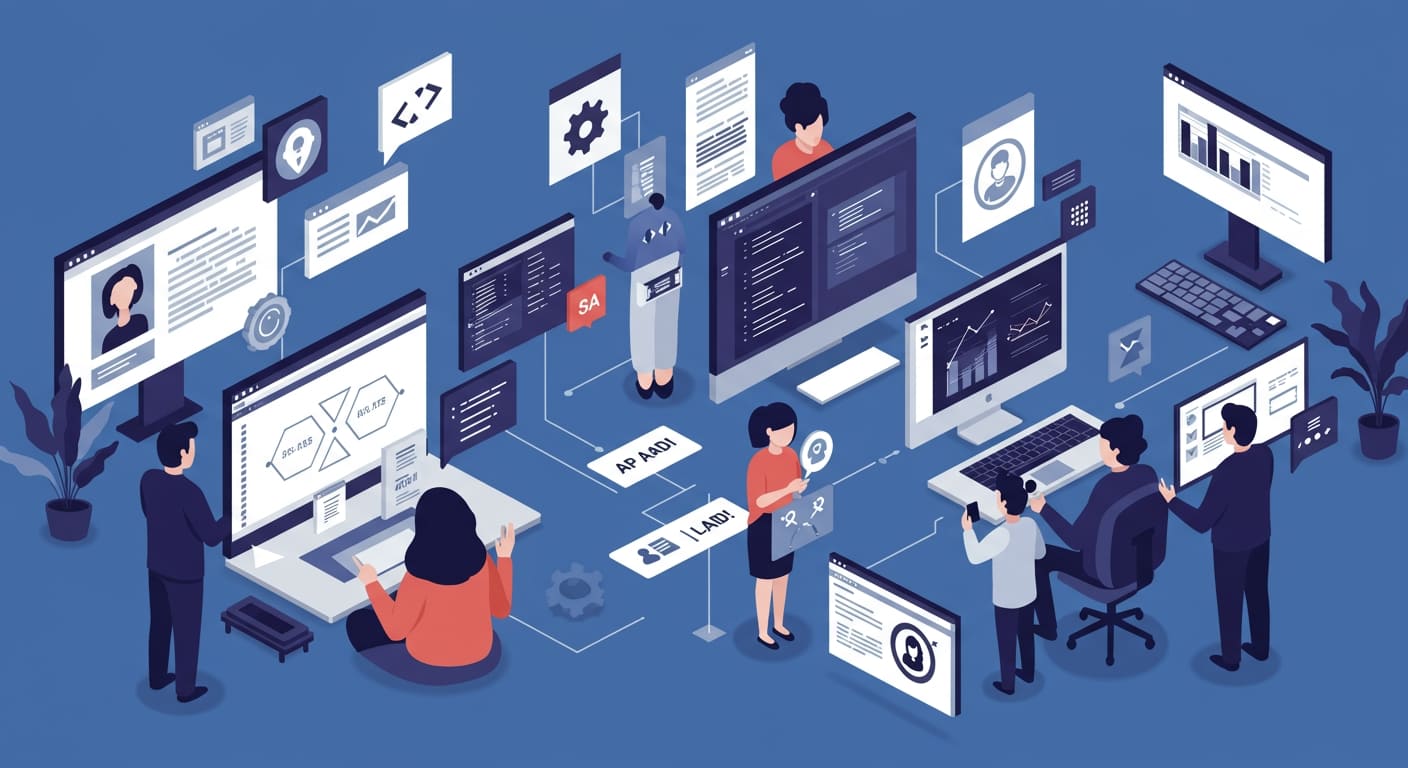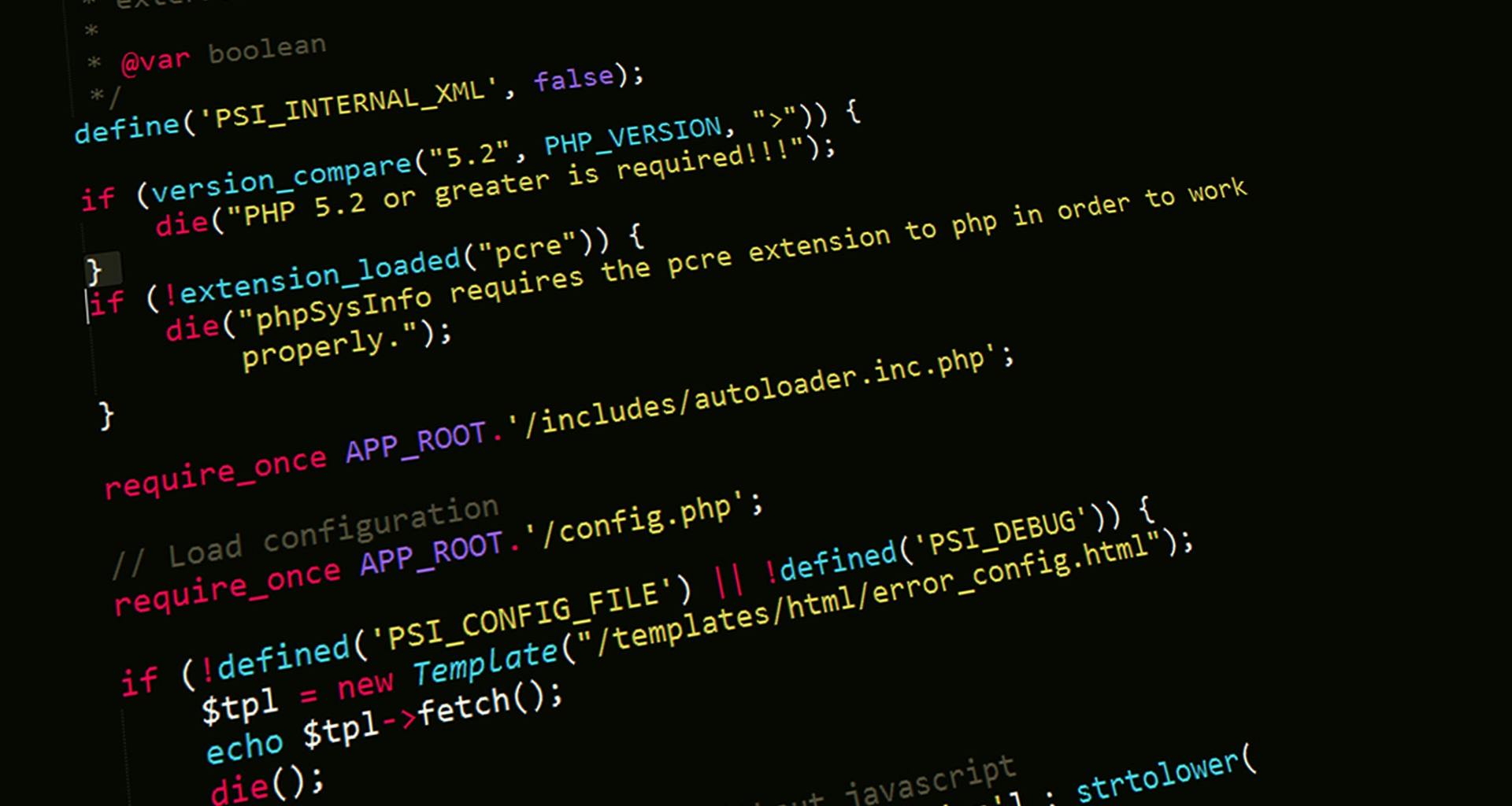TL;DR
This article guides game studios on building scalable game apps to handle growing player bases without performance issues. It covers key architectural principles like microservices, database strategy, and multiplayer challenges such as latency and server management. A scalable backend is essential for smooth gameplay and long-term commercial success.
Your game has a brilliant concept, addictive mechanics, and attractive art. But that’s only half the battle in today’s global, interconnected market. What happens when your game goes viral? What happens when a million players log in at once? If your backend isn’t ready, your success will instantly become your biggest failure. This is why building scalable game apps is not just a technical challenge but the most critical business strategy for long-term success in the modern gaming industry. Let’s discuss some of the methods in which you can build a scalable game app.
What is a Scalable Game App?
A scalable game app is an application whose infrastructure is designed to handle a growing number of players and an increasing amount of data without any performance drop. The goal is to ensure that the 1,000,000th player has the same fast, smooth, and lag-free experience as the 100th player.
This is especially critical for multiplayer game development, where even a millisecond of lag can ruin the experience. True game app scalability is about building a resilient, elastic system that can grow on-demand to meet the unpredictable nature of the gaming market. This often requires a partnership with an expert Game Development Company that understands backend architecture.
Why Game App Scalability is Your Most Important Feature
A lack of scalability can have major consequences that go far beyond a few bad reviews.
Protecting Your Launch Investment
You spend a huge amount of money on development and marketing to make your launch a success. If your servers crash on day one due to a massive influx of players, you have not only wasted that marketing spend but have also permanently damaged your game’s reputation.
Ensuring a Great Player Experience
Modern gamers are impatient. A laggy game is an uninstalled game. According to market data, performance issues are one of the top reasons players abandon a mobile game. A scalable backend is the foundation of a positive player experience, which is the key to long-term retention and monetization.
Enabling Global Reach
To be successful, your game needs to be available to a global audience. This means your infrastructure must be able to respond faster to players in different regions of the world. A scalable, globally distributed architecture is essential for any game with global ambitions.
Core Architectural Principles for Scalable Game Apps
Building game app scalability starts with making the right decisions long before your first line of game logic is written.
The Backend: Microservices vs. Monolith
The traditional approach was to build a game’s backend as a single, large application. This is a major barrier to scalability. A modern microservices architecture breaks the backend down into smaller, independent services e.g., a service for matchmaking, another for player inventory, another for chat. This allows you to scale each part of your game independently. If your matchmaking service is under heavy load, you can scale just that service without affecting the rest of the game.
The Database Strategy
The database is often the first bottleneck in a growing game. You need a strategy to handle millions of players and their data.
- Database Sharding: This is the process of splitting your database into smaller, faster, more manageable parts.
- Using the Right Database: Often, a combination is best. A SQL database might be used for transactional data (like purchases), while a NoSQL database is used for high-volume, fast-changing data (like player stats).
Multiplayer Networking Model
For multiplayer game development, your networking choice is critical. While a peer-to-peer (P2P) model can work for small games, most scalable games use a dedicated server architecture. This provides a more secure and authoritative environment that is less prone to cheating and can handle a much larger number of concurrent players. A Product Development Company can help you make the right architectural choice for your specific game.
Case Studies
Case Study 1: An Indie Studio’s Viral Hit
- The Challenge: An indie game studio launched a new mobile multiplayer game. The game unexpectedly went viral, and their simple, single-server backend crashed within hours of launch.
- Our Solution: We provided emergency Mobile App Development Services to migrate their entire backend to a scalable, cloud-native architecture on AWS. We implemented auto-scaling and a load balancer to handle the massive and unpredictable player load.
- The Result: We were able to get the game back online in a stable state. The new infrastructure seamlessly handled the millions of new players, turning a potential disaster into a massive commercial success for the studio.
Case Study 2: An eSports Platform’s Low-Latency Requirement
- The Challenge: An eSports company was building a new competitive mobile shooter. For the game to be viable for professional play, they needed to guarantee an extremely low-latency experience for players across different continents.
- Our Solution: As their chosen Custom App Development Company, we designed a globally distributed, dedicated server architecture. We deployed game servers in multiple geographic regions and used a smart matchmaking system to connect players to the server with the lowest ping.
- The Result: The game launched with a best-in-class networking performance. The low-latency experience was praised by professional players and reviewers, which was critical in establishing the game’s credibility in the competitive eSports market.
Our Technology Stack for Scalable Games
We use a modern, high-performance stack to build the backends for scalable game apps.
- Cloud Platforms: Amazon Web Services (AWS), Google Cloud, Microsoft Azure
- Containerization & Orchestration: Docker, Kubernetes
- Game Server Frameworks: Nakama, Photon Engine
- Databases: PostgreSQL, MySQL, Amazon Aurora, MongoDB, Redis
- Backend Languages: Go, C++, C#, Java, Node.js
Conclusion
Building scalable game apps is a strategic move. It’s the technical foundation that allows a great game to become a global phenomenon. By focusing on a modern microservices architecture, a smart database strategy, and the right multiplayer technology, you can build a product that is ready for success.
Ready to build a game that can handle a worldwide audience? At Wildnet Edge, our AI-first approach ensures we build intelligent Software Development Solutions that not only scale but also use data to create a more engaging and personalized experience for every player.
FAQs
A microservices architecture allows you to scale individual components of your application independently. Suppose your matchmaking service is under heavy load. In that case, you can allocate more resources to that service, which is much more efficient and cost-effective than scaling the entire monolithic application.
The biggest pitfall is treating the backend as an afterthought. Many studios focus entirely on the game client and then try to “bolt on” a backend late in the development cycle. A scalable architecture must be planned from the very beginning.
You should be planning for scale from day one, but the real test often comes when you move beyond a few thousand concurrent users. This is typically the point where a simple, single-server architecture will show signs of strain.
Dedicated servers provide an authoritative and secure environment. This makes the game much more challenging to cheat in, which is critical for competitive games. They also provide a more stable and reliable connection for many players.
You use load testing tools that simulate tens of thousands or even hundreds of thousands of concurrent users interacting with your backend servers. This allows you to identify and fix bottlenecks before real players experience them.
It’s possible, but it is often complex and expensive. Adding multiplayer functionality to a game that wasn’t designed for it usually requires a fundamental re-architecture of both the game client and the backend.
The cloud’s pay-as-you-go model is perfect for gaming. You can launch with a small, low-cost infrastructure. If your game doesn’t take off, your costs remain low. If it goes viral, your infrastructure can scale automatically to meet the demand, allowing you to capture all the potential revenue without a massive upfront investment.

Nitin Agarwal is a veteran in custom software development. He is fascinated by how software can turn ideas into real-world solutions. With extensive experience designing scalable and efficient systems, he focuses on creating software that delivers tangible results. Nitin enjoys exploring emerging technologies, taking on challenging projects, and mentoring teams to bring ideas to life. He believes that good software is not just about code; it’s about understanding problems and creating value for users. For him, great software combines thoughtful design, clever engineering, and a clear understanding of the problems it’s meant to solve.
 sales@wildnetedge.com
sales@wildnetedge.com +1 (212) 901 8616
+1 (212) 901 8616 +1 (437) 225-7733
+1 (437) 225-7733































